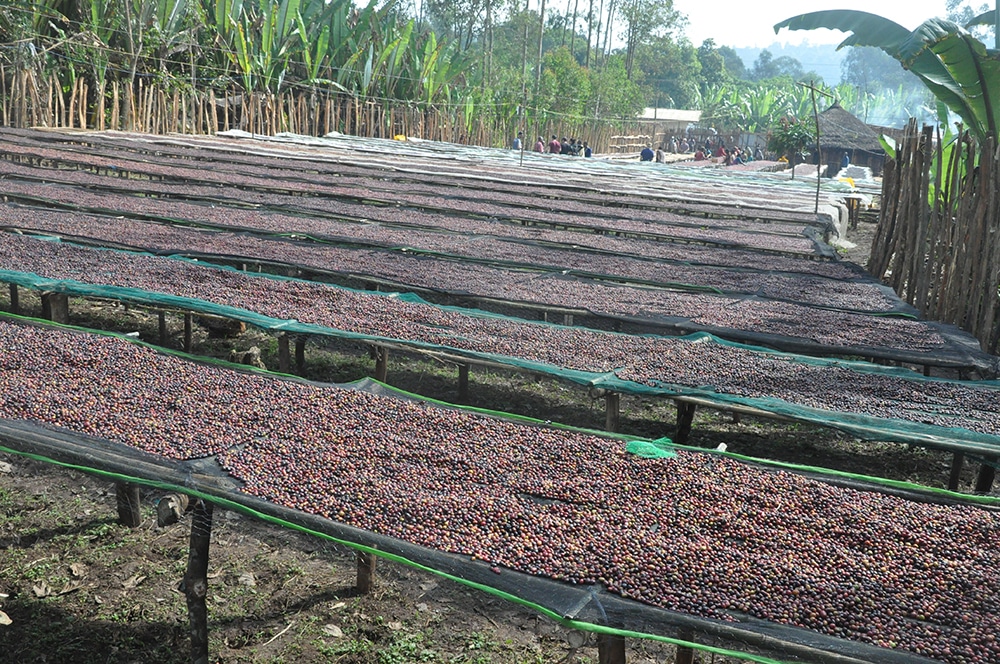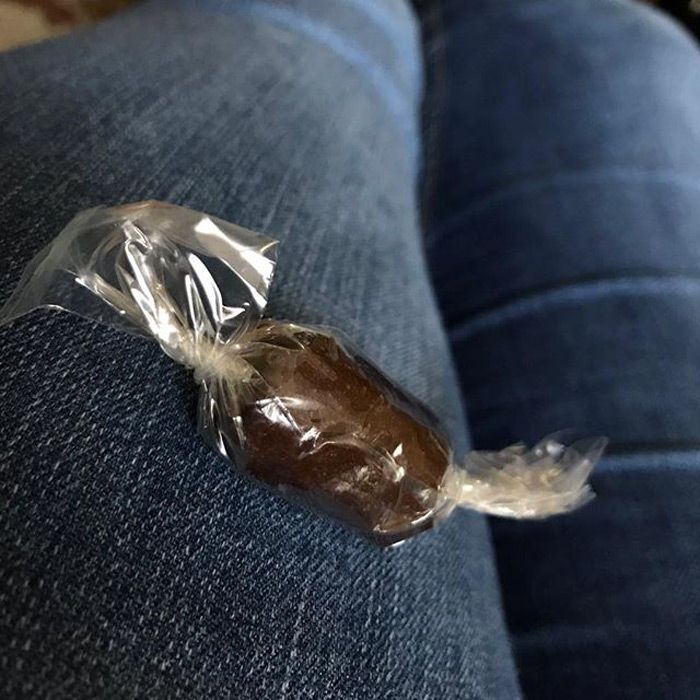


“25 ml of espresso and 100 ml of milk whipped with steam… the Certified Italian Cappuccino has a white colour, decorated with a brown border more or less often in the classic cappuccino… The cream has narrow links with very fine or absent holes.” (Translated from Italian.) In fact, The Italian National Espresso Institute even have their own definition of a cappuccino: They’re commonly consumed only once per day, traditionally in the morning. The cappuccino is an integral part of everyday Italian culture.

Understanding the traditional Italian coffee culture can help highlight certain changes in the definition of cappuccino. The modern-day cappuccino is believed to have been invented in Italy in the early 1900s.

This is an increasingly common assumption of what a cappuccino is.īarista pouring milk into a cup at The Fix in Madrid. Jordan, from the USA, explains that “I would describe a cappuccino in the way I see it most commonly presented by all specialty coffee shops here on the West coast – a shot of espresso, usually extracted to roughly around 36–40 grams, with stretched milk poured into a 155–170 gram cup”. When made well, the milk can highlight different and unique flavour notes of coffee that otherwise might not be tasted. The smaller the beverage, the less milk is needed, meaning that the consumer will have a better chance of tasting the flavour profile of the coffee. The significant decrease in size can largely be contributed to the rise of the specialty sector, which focuses on highlighting the flavours of espresso. With this, the amount of foam has decreased too, from about 50% of the cup to around 20–25%. I think that the biggest change is the size of the drink.”Īccording to Agnieszka, the size of a cappuccino has dropped from at least 220 ml/7.7 oz to between 120 and 180 ml/4.2–6.3 oz of total volume. Agnieszka, who’s based in Poland, tells me that “the cappuccino I remember from 2008 is totally different from what we can see and taste now. This definition hasn’t just changed over the centuries since its creation: it’s also changed in the last few years. You may also like What Temperature Should Your Cappuccino Milk Be?Ī barista pours a cappuccino. A cappuccino is prepared with a single shot of espresso, textured milk and a minimum of 1 cm of foam depth (assessed vertically).” In the specialty industry, both the Specialty Coffee Association (SCA) and the World Barista Championship (WBC) define a cappuccino as a “5–6 oz coffee and milk beverage that should produce a harmonious balance of rich, sweet milk and espresso. Today’s definition of the cappuccino is quite different. It was a small drink consisting of brewed coffee mixed with either milk or cream until the colour of the drink resembled the colour of the monks’ Capuchin robes, which indicated that enough milk had been added. According to Hoffmann, the drink’s original name was kapuziner, and was created in Vienna in the 1800s. This myth is dispelled by James Hoffmann in his book The World Of Coffee, where he states that this definition first emerged in the 1950s, long after the cappuccino’s birth. A common misconception is that it follows the rule of thirds: one-third espresso, one-third steamed milk and one-third foamed milk. The cappuccino is a classic espresso and milk drink.


 0 kommentar(er)
0 kommentar(er)
